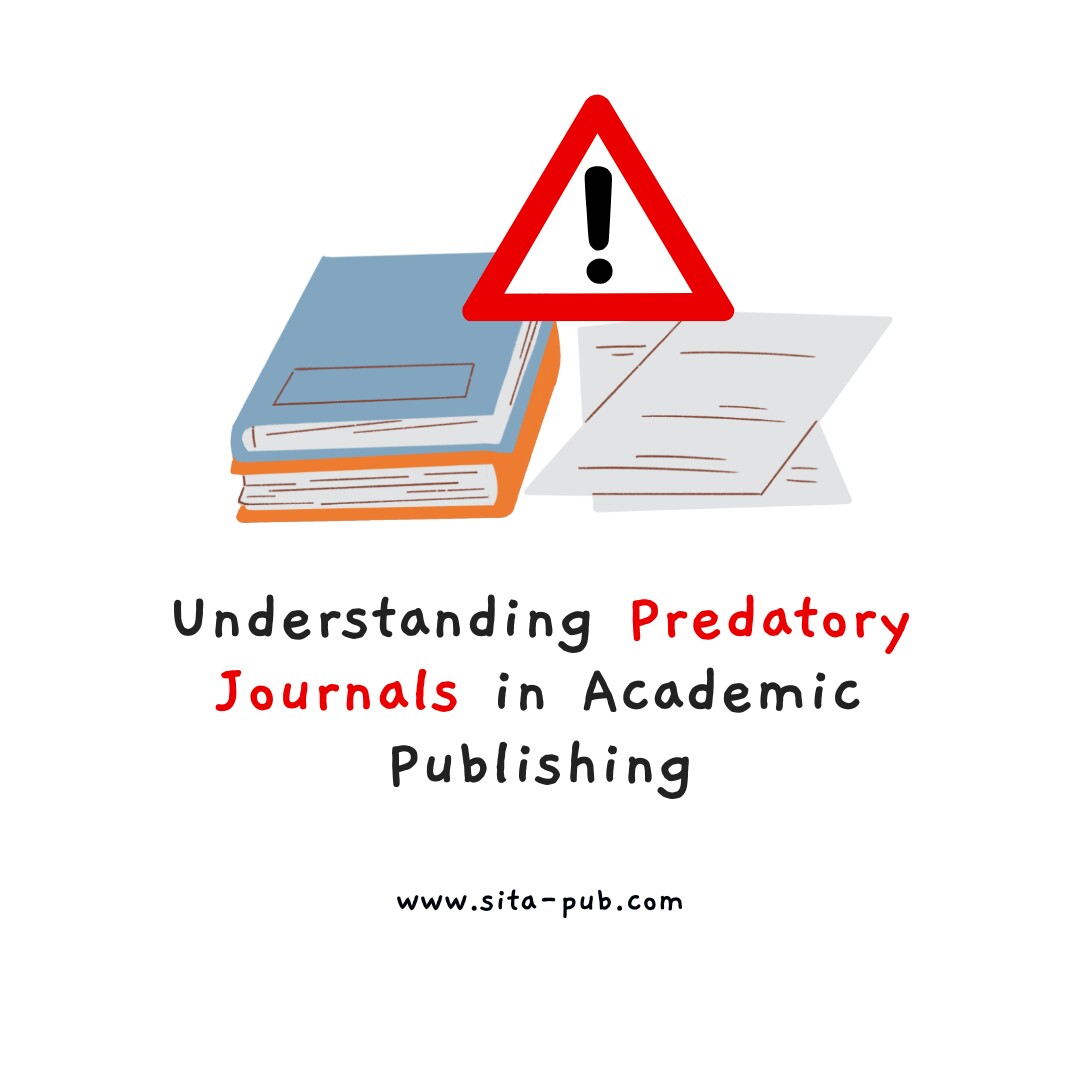Understanding Predatory Journals in Academic Publishing


In the world of academic publishing, it is important to share research in trustworthy places. However, some journals are not reliable and can harm researchers. These are known as predatory journals. This article will explain what predatory journals are, how to recognize them, and why they are a problem.
Predatory journals are publications that take advantage of the open access model. Open access means that anyone can read the articles without paying. While many open-access journals are legitimate, predatory journals are different. They charge authors high publication fees to publish their work but do not provide the proper services that good journals offer.

Lack of Peer Review: In legitimate journals, articles undergo the peer review process to ensure quality and accuracy. Predatory journals often skip this step, allowing poor-quality research to be published.
Aggressive Marketing: Predatory journals frequently send many emails to researchers, inviting them to submit their work. They may promise quick publication times and high visibility, but these claims are often misleading.
High Publication Fees: These journals usually charge high fees for publishing an article. However, they do not provide the necessary support or editing that reputable journals offer. Authors pay, but their work may not be properly reviewed.
Fake Impact Factors: Some predatory journals claim to have impact factors, which show how often articles in that journal are cited. They may use made-up or misleading numbers to attract authors.
Poor Quality Control: Articles published in predatory journals often contain many errors, including poor writing and incorrect information. This lack of quality can lead to misinformation in research.

Publishing in predatory journals can have serious consequences for researchers.
Damage to Reputation: If researchers publish their work in a predatory journal, it can harm their academic reputation. Colleagues and institutions may view their work as less credible.
Loss of Research Impact: Articles in predatory journals are often not included in major databases. This means fewer people will see the research, reducing its visibility and impact on the field.
Funding and Career Issues: For many researchers, publishing in respected journals is important for career advancement. Articles in predatory journals may not count toward promotion or grant applications, which can affect their careers.
It is essential for researchers to recognize predatory journals to protect their work. Here are some tips:
Check the Journal’s Website: A legitimate journal will have clear information about its editorial board, author guidelines, peer-review process, and publishing ethics. If this information is missing or unclear, it may be a warning sign.
Use Journal Directories: Websites like the Directory of Open Access Journals (DOAJ) and Think. Check. Submit. can help researchers find trustworthy journals. These resources list journals that meet specific quality standards.
Consult Peer Networks: Talking to colleagues or mentors can provide valuable insights. They may have experience with certain journals and can help you choose reputable ones.
Review Published Articles: Look at the quality of articles already published in the journal. If the articles are poorly written or lack solid research, it is likely a predatory journal.
Understanding predatory journals is vital for anyone involved in research. By recognizing the signs of these journals, you can make better choices about where to publish your research. Always prioritize quality over quantity and ensure that your research reaches the right audience through reputable channels.
By being aware of predatory journals, researchers can protect their reputations and contribute to the advancement of knowledge in their fields. Always take the time to verify a journal’s credibility before submitting your work. This way, you can share your research confidently and effectively.

At SITA Academy, we are committed to supporting researchers in achieving their publishing goals. We offer a selection of reputable journals that are indexed in prestigious databases such as Scopus, Web of Science, and PubMed. By choosing to publish with us, you can ensure that your work reaches a wide audience and maintains the highest standards of academic integrity.
If you have any questions, inquiries, or would like to learn more about our services, please don't hesitate to reach out to us. Our dedicated team is ready to assist you.